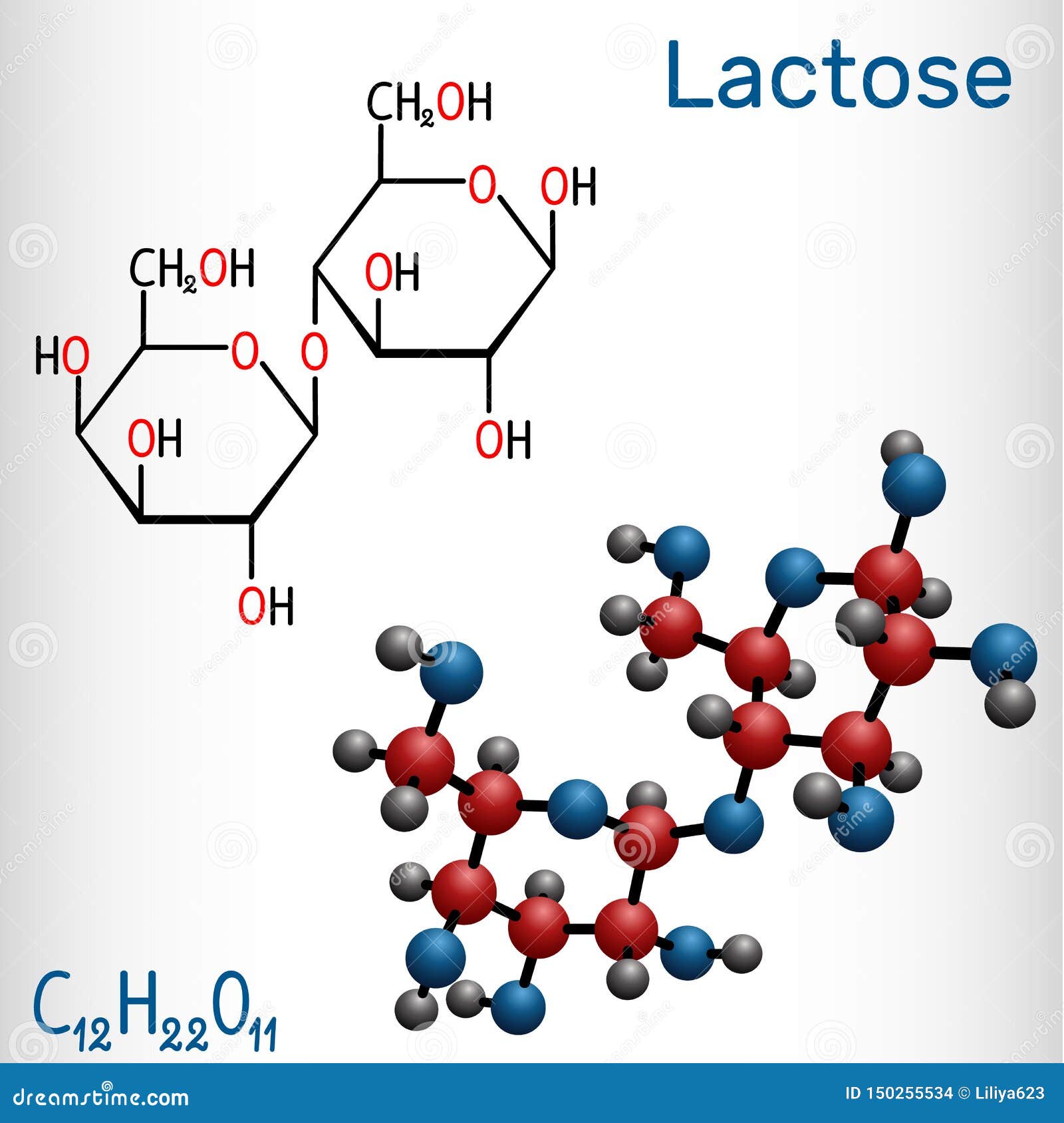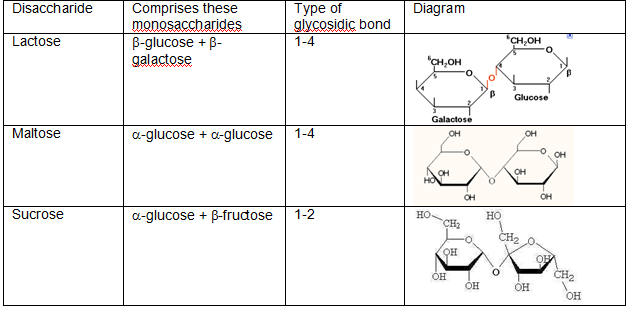

The Leloir pathway consists of the latter stage of a two-part process that converts β-D-galactose to UDP-glucose. The main pathway of galactose metabolism is the Leloir pathway humans and other species, however, have been noted to contain several alternate pathways, such as the De Ley Doudoroff Pathway. Many speculate that it is for this reason that a pathway for rapid conversion from galactose to glucose has been highly conserved among many species.

Glucose is more stable than galactose and is less susceptible to the formation of nonspecific glycoconjugates, molecules with at least one sugar attached to a protein or lipid. Metabolism Metabolism of common monosaccharides and some biochemical reactions of glucose This suggests that the synthesis of galactose is supplemented by direct uptake and of use of plasma galactose when present. 25 ± 8% of the glucose and 35 ± 6% of the galactose was synthesized from smaller molecules such as glycerol or acetate in a process referred to in the paper as hexoneogenesis. In a study where women were fed a diet containing galactose, 69 ± 6% of glucose and 54 ± 4% of galactose in the lactose they produced were derived directly from plasma glucose, while 7 ± 2% of the glucose and 12 ± 2% of the galactose in the lactose, were derived directly from plasma galactose. In human lactation, galactose is required in a 1 to 1 ratio with glucose to enable the mammary glands to synthesize and secrete lactose.

The enzymes are listed in the order of the metabolic pathway: galactokinase (GALK), galactose-1-phosphate uridyltransferase (GALT), and UDP-galactose-4’-epimerase (GALE). Galactose metabolism, which converts galactose into glucose, is carried out by the three principal enzymes in a mechanism known as the Leloir pathway. Consequently, various food products made with dairy-derived ingredients can contain lactose. In nature, lactose is found primarily in milk and milk products.

The latter is produced by the lac operon in Escherichia coli. The hydrolysis of lactose to glucose and galactose is catalyzed by the enzymes lactase and β-galactosidase. When combined with glucose (another monosaccharide) through a condensation reaction, the result is a disaccharide called lactose. The IR spectra for galactose shows a broad, strong stretch from roughly wavenumber 2500 cm −1 to wavenumber 3700 cm −1. In the cyclic form there are two anomers, named alpha and beta, since the transition from the open-chain form to the cyclic form involves the creation of a new stereocenter at the site of the open-chain carbonyl. Galactofuranose occurs in bacteria, fungi and protozoa, and is recognized by a putative chordate immune lectin intelectin through its exocyclic 1,2-diol. The open-chain form has a carbonyl at the end of the chain.įour isomers are cyclic, two of them with a pyranose (six-membered) ring, two with a furanose (five-membered) ring. Galactose exists in both open-chain and cyclic form.
#GLUCOSE AND LACTOSE PLUS#
Lactose is a disaccharide of galactose plus glucose. The etymology is comparable to that of the word lactose in that both contain roots meaning "milk sugar". The word galactose was coined by Charles Weissman in the mid-19th century and is derived from Greek galaktos (of milk) and the generic chemical suffix for sugars -ose.


 0 kommentar(er)
0 kommentar(er)
